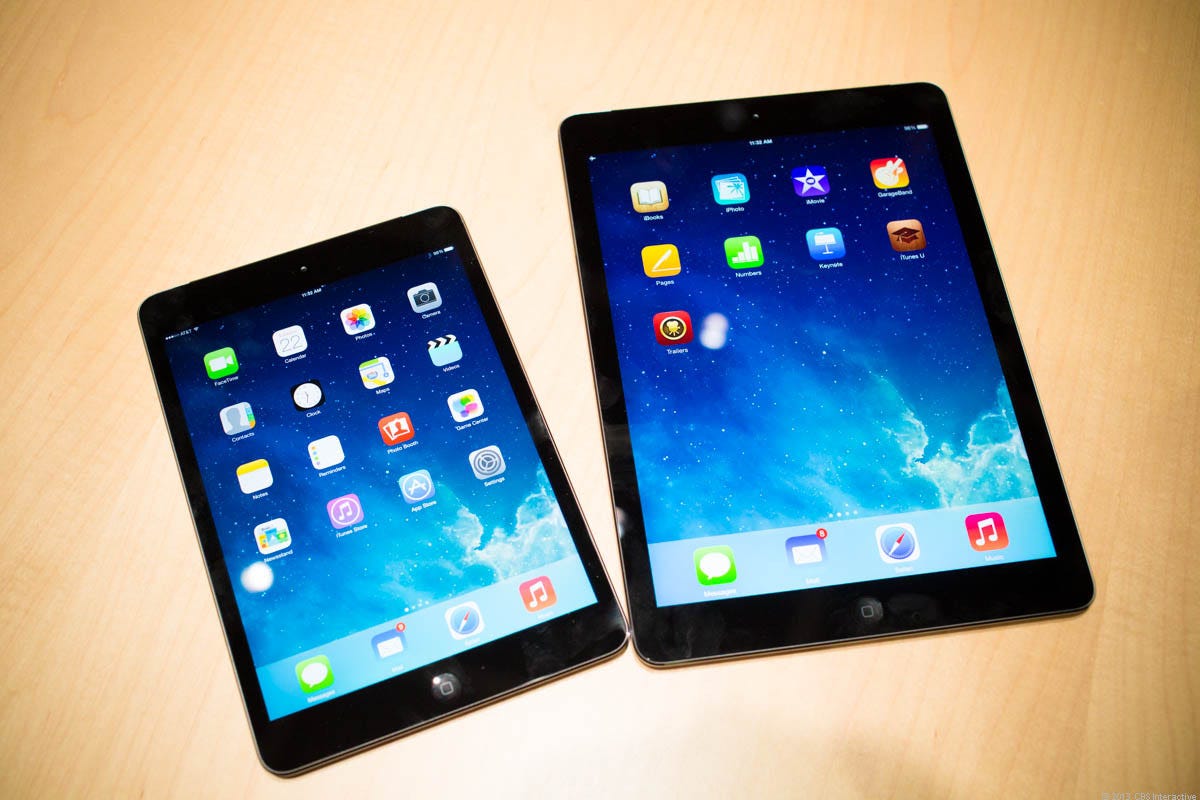
James Martin/CNET
Tablet sales could start to stumble this year, done in by the same factors that have clobbered PC sales.
Eyeing the worldwide tablet market for 2014, IDC said on Thursday that it lowered its sales estimate for the year to 245.4 million units, down from 260.9 million previously. The new prediction would mean that 2014 tablet sales would grow just 12 percent year over year, compared with 51.8 percent in 2013.
Why the gloomier forecast? IDC cited two factors — competition from other devices and consumers who hang onto their existing tablets longer. Specifically, higher demand for big-screened smartphones, aka phablets, is cutting into the sales action of tablets, according to IDC.
Related stories
- Tablet sales slow for first time, down 5 percent
- Lookout launches ‘theftie’ alerts to combat smartphone theft
- Microsoft CEO welcomes ‘post, post-PC era,’ aims for ‘something big’
- Intel’s ‘Moorefield’ chip aimed at small Android tablets
In the first quarter of 2014, the phablet share of total smartphone shipments more than doubled to 10.5 percent from 4.3 percent in the same quarter last year. On Wednesday, research firm NPD released a report attributing a 5 percent drop in first-quarter tablet shipments to growing competition from big-screen smartphones.
“The rise of phablets — smartphones with 5.5-inch and larger screens — are causing many people to second-guess tablet purchases as the larger screens on these phones are often adequate for tasks once reserved for tablets,” Tom Mainelli, program vice president for Devices & Displays at IDC, said in a statement.
IDC defines the term “phablet” as a smartphone with screen size of 5.5 to 7 inches. Android vendors have taken advantage of the increased demand for these devices by introducing phones with ever bigger screens, such as the Samsung Galaxy Note 3 . That trend has eaten into more of Apple’s market share with its flagship iPhone still stuck at a 4-inch screen. But some reports say the iPhone maker will unveil two new models this year — one with a 4.7-inch display and the other with a 5.5-inch phablet-sized screen.
Consumers are also keeping their tablets much longer, particularly more expensive models, according to Mainelli. And people who do buy a new tablet more often end up giving their current model to another family member.
Those factors may sound familiar as they’ve played a role in the decline in PC sales. Demand for desktops and laptops alike have been hit by competition from mobile devices and a slower upgrade cycle among existing owners. Tablets are simply suffering the fate of most technology products as interest shifts to other devices and consumers feel less of a need to constantly buy the latest high-priced model.
IDC’s analysis includes traditional tablets as well as hybrid, or 2-in-1 devices, that double as tablet and laptop. And as phablets lure more consumers, the research firm expects the tablet industry to try to win over customers with bigger-screened models, such as Microsoft’s new 12-inch Surface Pro 3 .




